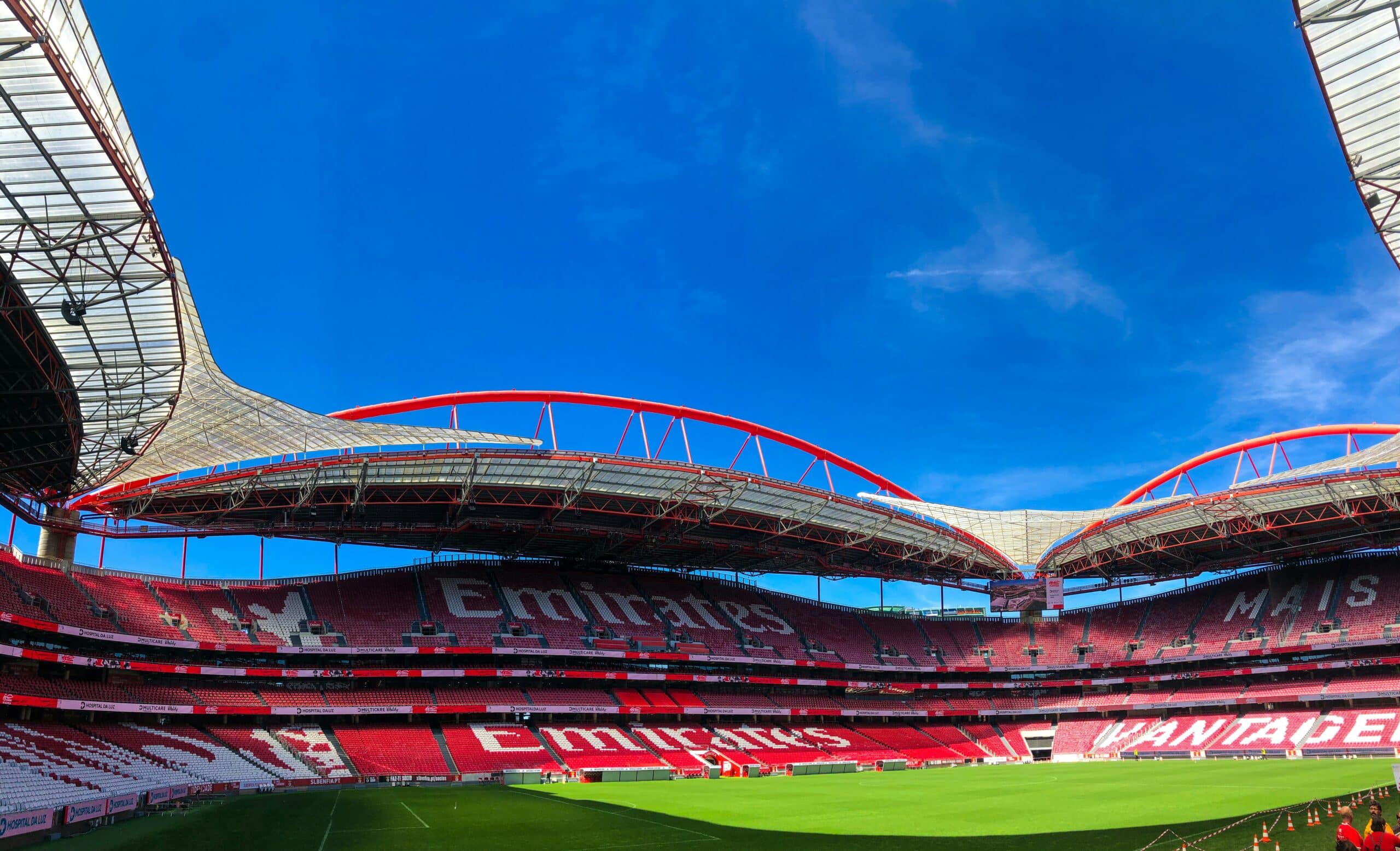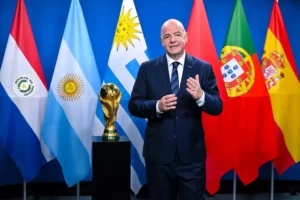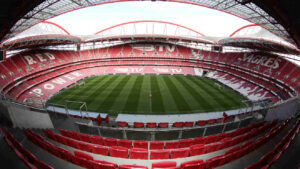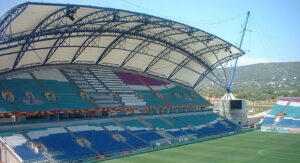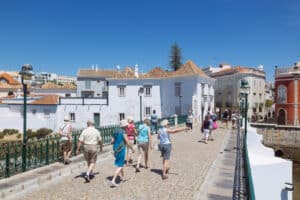Only three stadiums will be used, which are already built and only need minor upgrades
Portugal’s share of hosting the 2030 World Cup with Spain and Morocco will cost far less than the country spent on the Euro 2004, according to Miguel Cardoso Pinto, a partner at consultancy firm EY.
Speaking to Lusa news agency, Cardoso Pinto explained the scale of investment required is entirely different.
Back in 2004, nearly €1 billion was spent on building and upgrading ten stadiums and improving accessibility, the specialist said. For 2030, only three Portuguese stadiums – all modern and built for Euro 2004 – will be used, requiring only minor upgrades, he said.
On Wednesday, the FIFA Congress is set to formalise the joint bid, which will bring the 24th edition of the world’s leading international football tournament to Portugal, namely to Lisbon’s Luz and Alvalade stadiums and Porto’s Dragão stadium.
“In fact, the impact is completely different when compared to Euro 2004,” Cardoso Pinto stressed. “That was an event that mobilised the whole country, in very different regions. Here, we’re talking about a much smaller number of matches, which will be totally focused on just three stadiums and the country’s two largest cities.”
“And these are small changes needed to the stadiums,” he added. “It remains to be seen how much will be invested in training centres, but in terms of the impact on infrastructure, and even the impact on the economy, it will be completely different.”
Spain is to host games at 11 stadiums, including the renovated Santiago Bernabéu and Metropolitano in Madrid and the new Camp Nou in Barcelona, while Morocco will be using six – five of which will have been renovated and one of which will be built from scratch: the future Hassan II stadium in Casablanca, with capacity for 115,000 spectators.
“These are completely different dimensions and realities,” said the EY partner. “Even given the timing, in this case, our partners in this campaign, both Spain and Morocco, but Spain above all – despite having great stadiums – came at a time when some stadiums were really in need of major interventions and these are underway.”
“Both at the Barnabéu, where there has been major investment, and at Camp Nou, which also needed major investment,” he went on. “In other words, Spain is going to spend more in this respect, but it was also further behind than Portugal in this area.”
Some matches are also to take place in South America, at the Monumental in Buenos Aires, the Defensores del Chaco and the new Estadio Nacional in Asunción, Paraguay, and the Centenario in Montevideo – the latter to mark the fact that this will be the centenary of the first ever World Cup, which was held in and won by Uruguay in 1930.
When asked about the economic return of the tournament in Portugal, the EY partner said “it is not yet possible to quantify”.
According to a study carried out by the Instituto Superior de Economia e Gestão (ISEG) in 2005, at the request of the Euro 2004 organisation, the economic impact of the tournament at the time was €440 million, which includes the economic impact of the event (€300 million), plus the economic impact associated with tourism (€140 million).
“I’m convinced that the economic impact of this World Cup will bring benefits, but they won’t be comparable to those of twenty years ago,” Cardoso Pinto said. “There will be the impact of tourism and catering, which is the most obvious, but also the appreciation of the country itself, as a country capable of organising an event of this importance.”
Source: LUSA

